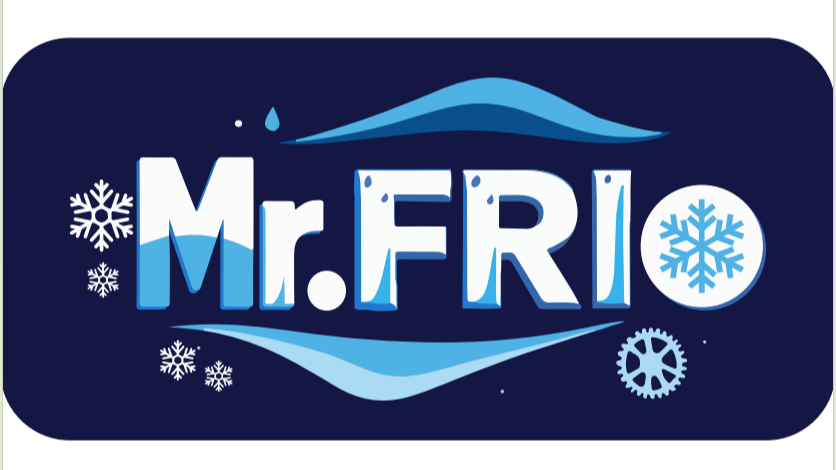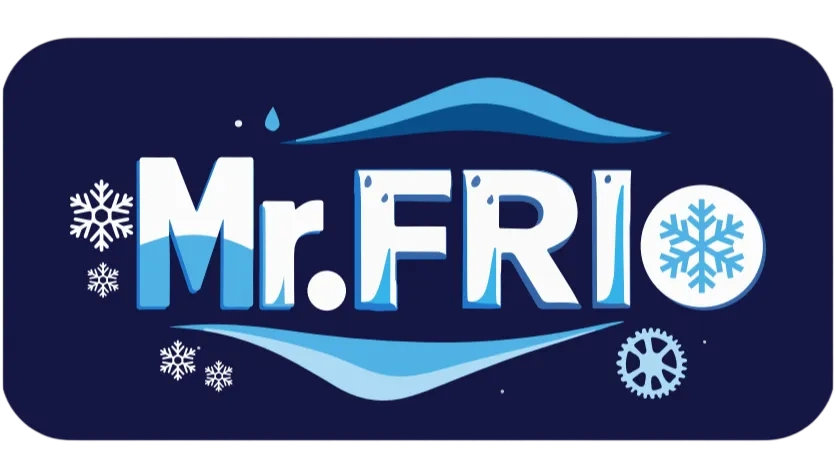Understanding Blast Chilling Basics for Restaurant Efficiency
How Blast Chillers Work vs. Traditional Freezers
Blast chillers have a real edge over regular freezers because they cool things down super fast. Cooked foods get brought down below 38 degrees Fahrenheit (around 3 Celsius) in under two hours, which means they spend way less time sitting in that dangerous temperature range where bacteria love to grow. Regular freezers keep food safe too since they run colder, but they take forever to do the job, giving microbes plenty of time to multiply. Let's talk about why this happens from a science standpoint. Traditional freezers just slowly pull out heat over time, whereas blast chillers blast cold air around the food to speed up the process. Research shows that when food gets chilled using blast chillers, there's much less bacterial growth compared to what happens in normal freezers. That makes a big difference for restaurants and kitchens looking to stay compliant with health codes while keeping their customers safe.
Key Benefits of a Flash Freezer for Food Safety
Flash freezers play a key role in keeping food safe by quickly bringing down temperatures below the danger zone between 40°F and 140°F where bacteria love to grow. The fast cooling process helps maintain food's texture, taste, and nutrients far better than regular freezers, plus it keeps items fresh longer on store shelves. Restaurants benefit from this quality preservation during storage because they end up throwing away less food overall, which fits right into their operational efficiency and green initiatives. Better food safety isn't just good for business either. Real world data backs this up, showing how these practices actually improve public health results. For many eateries looking to upgrade their kitchen equipment, adding flash freezers represents a game changer. They get to serve safer, higher quality food without wasting as much product, all while cutting down on expenses in the long run.
Types of Blast Chillers: Finding the Right Fit
Roll-In Blast Chillers for High-Volume Needs
Roll-in blast chillers work really well for places dealing with tons of food prep at once. These units speed things up because they can fit whole carts inside, which saves both floor space and electricity costs. Restaurants with tight kitchen schedules, caterers scrambling between events, and food production facilities all benefit from this setup since fast cooling keeps everything safe to eat. Take a look at how it works practically speaking – just wheel those full carts straight into the chiller without having to unload anything first. This cuts down on wasted time and gets products chilled properly much quicker than waiting around. Industry insiders know that these chillers actually save money on power bills while taking up less room than older style coolers, making them smart investments for any serious commercial kitchen operation.
Self-Contained Units for Compact Spaces
Kitchens that don't have much room can really benefit from getting self contained blast chillers. They solve the problem of keeping food safe without taking up too much valuable counter space. What makes these units so handy is their portability factor. Food truck operators love them because they can just roll the unit out when needed, same goes for those temporary pop up restaurant setups where every inch counts. Even though these chillers look small, manufacturers have made them surprisingly efficient lately. Many models now come with energy saving features that cut down on electricity costs over time. Small business owners who care about going green find this aspect particularly appealing. Take local bistros and coffee shops for instance. These places often struggle with storage issues but still need to maintain proper food temperatures. The blast chiller allows them to do both at once without compromising quality or safety standards.
Integrated Systems for Existing Freezer for Frozen Food
Adding integrated blast chillers to existing freezers gives businesses better functionality without breaking the bank on completely new equipment. When companies combine these chillers with their current freezer setups, they save money on operations while making better use of their kitchen space. Many food service providers are going this route lately because it means upgrading their facilities without shutting down operations for weeks or spending hundreds of thousands. Real world examples show restaurants and processors that made the switch saw their efficiency jump by around 30% in most cases. They still keep food safe and fresh, but do it all in a way that makes financial sense for their bottom line.
Capacity and Size Requirements for Your Kitchen
Assessing Daily Volume and Storage Needs
Figuring out what size blast chiller a kitchen really needs starts with looking at how much food gets produced day after day plus storage requirements. The amount of food coming out of the kitchen makes all the difference when picking equipment sizes and types. Restaurants should calculate their average daily output based on regular orders and account for busy seasons too. When shopping around for chillers, thinking ahead about possible expansion makes sense. A good sized unit today might handle tomorrow's increased workload without needing replacement right away. Many operators find value in checking industry data on food production volumes to get a better idea of what works for similar establishments. These stats offer practical insights that help avoid buying something too small or overkill for current operations.
Space Considerations for Commercial Flash Freezers
Before putting in those commercial flash freezers, taking a good look at how much room we actually have makes all the difference for getting them to fit right and keeping air moving properly through the kitchen. Kitchens come in all shapes and sizes some have big open areas where everything flows smoothly while others are tighter spaces that require creative solutions. The way we approach installation really affects how well staff can move around during busy hours. Getting the spacing just right means workers won't bump into equipment or get stuck behind massive freezer units no matter how cramped things might seem initially. Most chefs who've dealt with this know firsthand what works best based on their own experiences over years of running successful kitchens.
Energy Efficiency and Operational Costs
Comparing Energy Use in Deep Freezer vs. Blast Chiller Models
Looking at traditional deep freezers versus newer blast chiller models shows why energy efficiency matters so much these days. Blast chillers generally use less power because they have better tech that works smarter during the cooling process. Take a regular deep freezer for example it tends to guzzle kilowatt hours just keeping things cold all day long. Blast chillers on the other hand come equipped with those energy saving compressors plus some clever features that adjust how much power gets used based on actual needs. The bottom line? Lower running costs which is why many green minded businesses are switching over. Energy reports back this up too showing that apart from slashing electric bills month after month, these machines actually help shrink carbon footprints something that really appeals to companies trying hard to go green.
Long-Term Savings from Efficient Flash Freezing
Putting money into energy efficient blast chillers pays off big time in the long run, mainly because they cut down on food spoilage and help manage inventory better. Restaurants find themselves throwing away way less food when using these chillers since they cool things down fast enough to keep food safe and tasty. The money saved adds up pretty quickly too. When looking at actual numbers, many eateries that switched to these chillers saw their costs drop significantly within just a few months. Plus, newer models require less maintenance than older ones, which means fewer repair bills over time. Real world data shows that places investing in this tech typically save thousands each year on wasted ingredients alone. Beyond saving cash, these savings actually help businesses stay profitable while being kinder to the environment something that matters more now than ever before in the restaurant industry.
Compliance with Food Safety and Certification Standards
Meeting FDA Guidelines for Food Freezer Use
Commercial food freezers need to follow strict FDA rules when it comes to temperature control if restaurants want to stay out of trouble. The basic idea is keeping things cold enough so bacteria doesn't get a chance to grow and spoil the food. Blast chillers work wonders here since they cool down food super fast, which fits right into what the FDA wants to see from operators. Restaurant managers who have been through inspections know all too well how costly non-compliance can be financially speaking. Creating a simple daily checklist based on FDA guidance makes life much easier for busy kitchen staff. These checklists help track temperatures throughout the day, spot potential issues early on, and keep everything running smoothly without constant stress over meeting those critical safety standards.
Importance of ETL/CE Certifications
The ETL and CE marks on refrigeration gear aren't just stickers they're actual proof that the equipment has been tested for safety and works reliably over time. When businesses get these certifications, customers notice and start associating the brand with good quality products that work efficiently while keeping everyone safe. Most smart operators check for these marks before buying anything new because experience shows that skipping this step often leads to trouble down the road. Real world problems happen when companies ignore these standards. Food might spoil faster than expected, or worse still, there could be health hazards for staff handling the equipment. That kind of situation destroys customer confidence fast. So investing in properly certified refrigeration units isn't just about following rules it makes business sense too since nobody wants their reputation damaged by preventable accidents.
Maintenance Tips for Optimal Performance
Routine Cleaning to Prevent Ice Buildup
Keeping blast chillers clean on a regular basis helps maintain their efficiency and overall performance. When refrigeration units get cleaned consistently, they tend to last longer while avoiding problems like ice buildup that really messes with how well they work. Ice forming inside these machines blocks proper air movement throughout the chamber, making cooling less effective and driving up electricity costs. Cleanliness matters too when it comes to food safety rules. Dirty equipment creates conditions where different foods might mix together accidentally, posing serious contamination risks. Most local health authorities require businesses to stick to cleaning schedules specifically because dirty chillers become breeding grounds for bacteria. Restaurants and food processing facilities need to stay compliant with these standards to keep operations running smoothly without unexpected shutdowns or fines down the road.
Scheduled Servicing for Commercial Flash Freezers
A good maintenance plan makes all the difference when it comes to keeping commercial flash freezers running smoothly for years. Most businesses find that working with a refrigeration specialist through regular service contracts pays off in the long run. Without proper care, problems like coolant leaks or compressor breakdowns are almost inevitable, and these issues mean costly repairs plus lost production time while things get fixed. Equipment that gets routine attention tends to work more reliably day after day, plus it actually consumes less electricity, cutting down on monthly bills significantly. Smart operators know that staying ahead of potential problems keeps their freezers performing at peak levels, so operations don't grind to a halt during busy periods.


